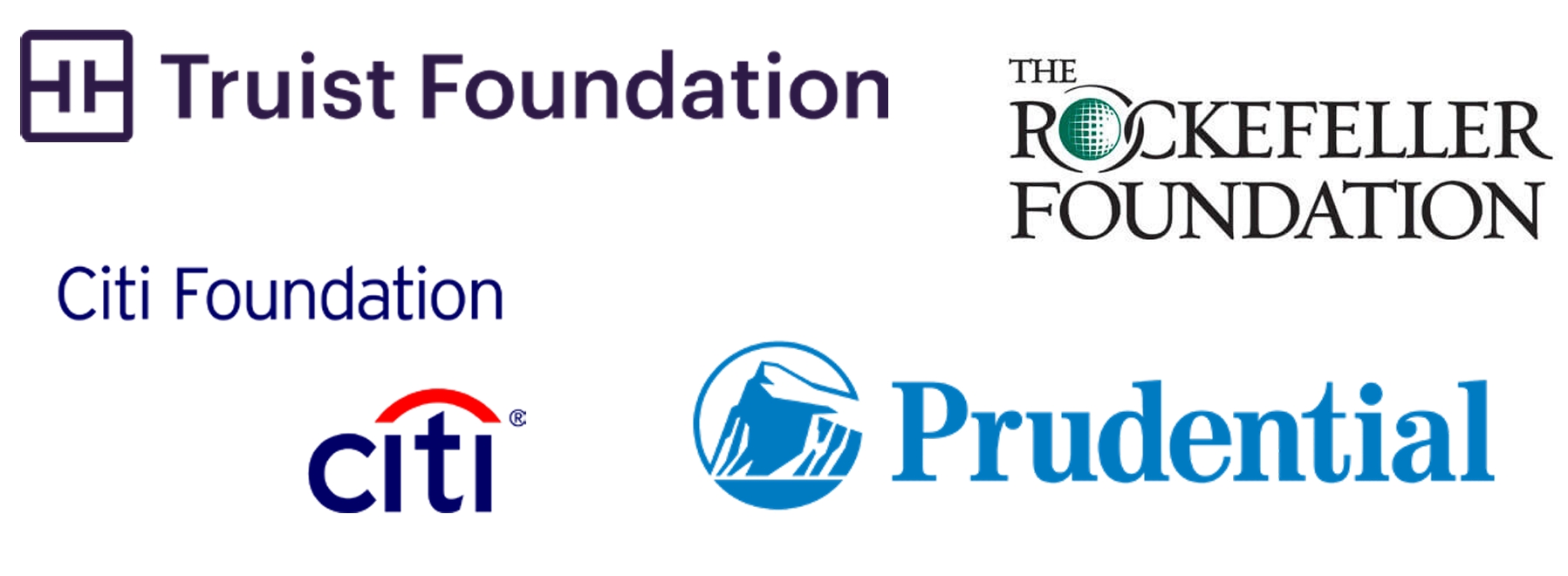Community Development Financial Institutions (CDFIs) in the Southern United States arise from and operate within a unique combination of circumstances that make them particularly well positioned for philanthropic investment that creates meaningful and lasting impact on small businesses, jobs, and local economies. A companion publication to Leveraging CDFIs to Increase Wealth Generation and Equity.



